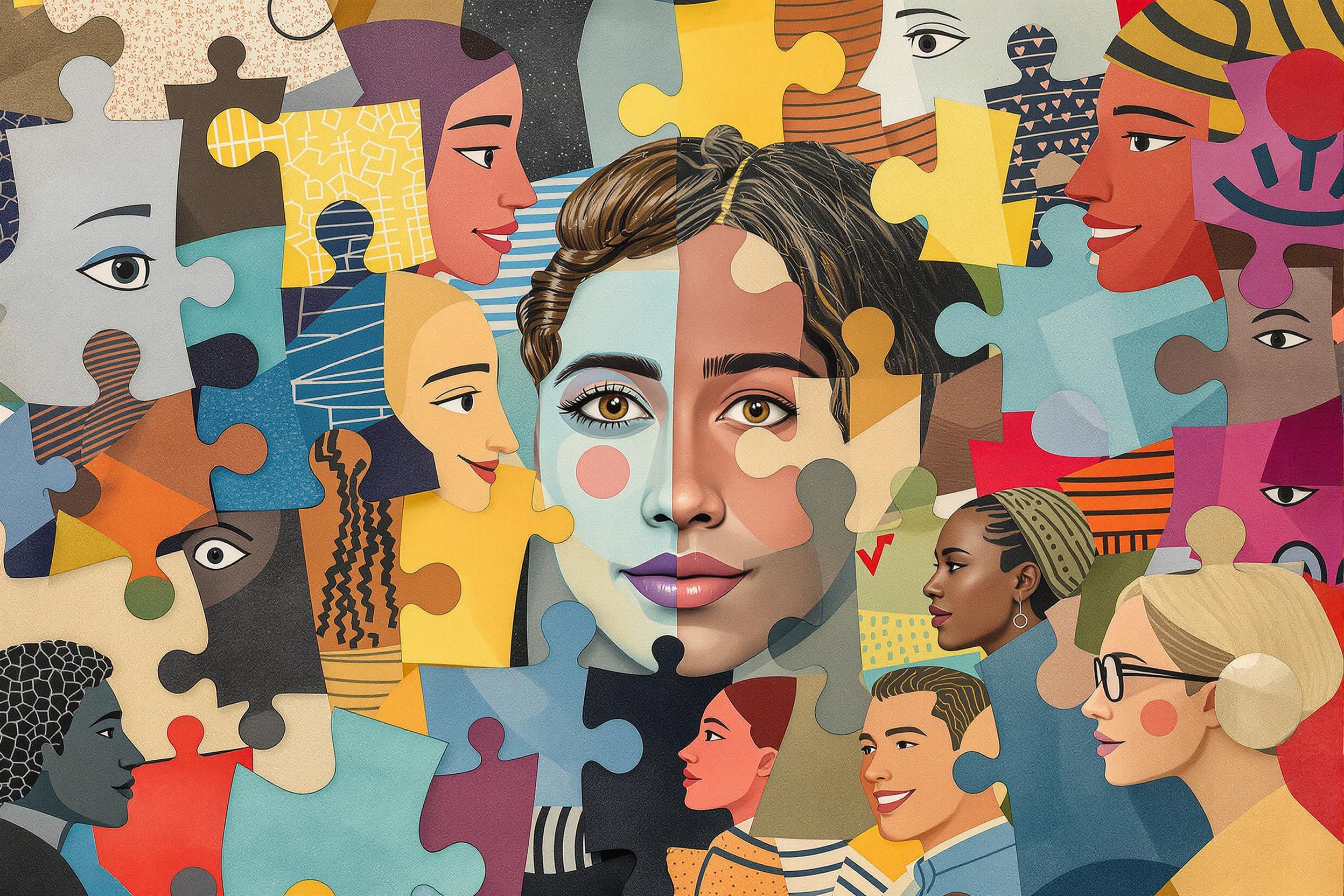
Color Temperature
Color Temperature is a way to describe how warm or cool the lighting looks in video and film production. It's measured in Kelvin (K), but you don't need to focus on the numbers - just understand that it helps create the right mood in scenes. For example, warm lighting (like sunset) makes scenes feel cozy and intimate, while cool lighting (like bright daylight) can make scenes feel more energetic or clinical. Lighting professionals use this concept to make sure everything looks natural and consistent across different cameras and scenes.
Examples in Resumes
Adjusted Color Temperature to maintain consistency across multiple camera setups
Managed Color Temperature settings for outdoor-to-indoor transitions in commercial shoots
Supervised lighting team to ensure proper Color Temperature matching between practical and studio lights
Typical job title: "Lighting Technicians"
Also try searching for:
Where to Find Lighting Technicians
Professional Organizations
Online Communities
Industry Resources
Example Interview Questions
Senior Level Questions
Q: How do you handle color temperature challenges when shooting in mixed lighting conditions?
Expected Answer: A senior lighting professional should explain how they coordinate different light sources, use gels or filters to match colors, and ensure consistency across multiple cameras and scenes. They should mention experience leading teams in complex lighting setups.
Q: Can you describe a challenging lighting situation you solved on a major production?
Expected Answer: Look for answers that demonstrate leadership in solving complex lighting problems, like managing outdoor/indoor transitions or working with multiple light sources while maintaining consistent look.
Mid Level Questions
Q: What's your process for setting up lighting for a typical interview scene?
Expected Answer: Should demonstrate understanding of basic three-point lighting setup, ability to match different lights, and knowledge of how to achieve flattering results for the subject.
Q: How do you communicate color temperature needs to your team?
Expected Answer: Should show ability to clearly explain technical concepts to both technical and non-technical team members, and demonstrate experience coordinating with camera operators and directors.
Junior Level Questions
Q: What's the difference between warm and cool lighting?
Expected Answer: Should be able to explain that warm lighting appears more orange/yellow (like candlelight) and cool lighting appears more blue (like daylight), and basic situations where each is appropriate.
Q: How do you measure color temperature?
Expected Answer: Should know that color temperature is measured in Kelvin and be able to explain basic tools used to measure it, like color meters or camera white balance settings.
Experience Level Indicators
Junior (0-2 years)
- Basic understanding of warm and cool lighting
- Camera white balance operation
- Use of basic lighting equipment
- Following lighting setup instructions
Mid (2-5 years)
- Managing multiple light sources
- Problem-solving lighting challenges
- Working with different camera systems
- Coordinating with camera operators
Senior (5+ years)
- Complex lighting setup management
- Team leadership and training
- Budget planning for lighting equipment
- Creative lighting design for productions
Red Flags to Watch For
- No understanding of basic lighting principles
- Unable to explain different lighting scenarios
- Lack of experience with industry-standard lighting equipment
- No knowledge of camera white balance settings
- Poor communication skills about lighting needs
Related Terms
Need more hiring wisdom? Check these out...

Culture Add vs Culture Fit in Hiring: Why It May Be Time to Rethink Your Approach

Rewiring Your Interview Templates for Better Candidate Experience

Unlocking Team Potential: Personality Mapping for Dynamic Management

